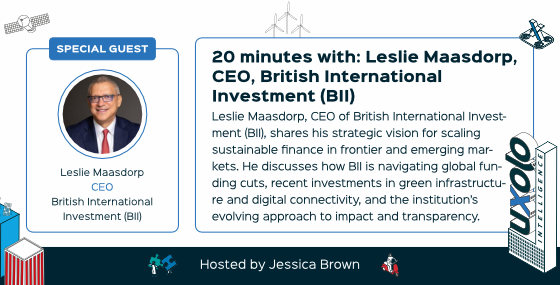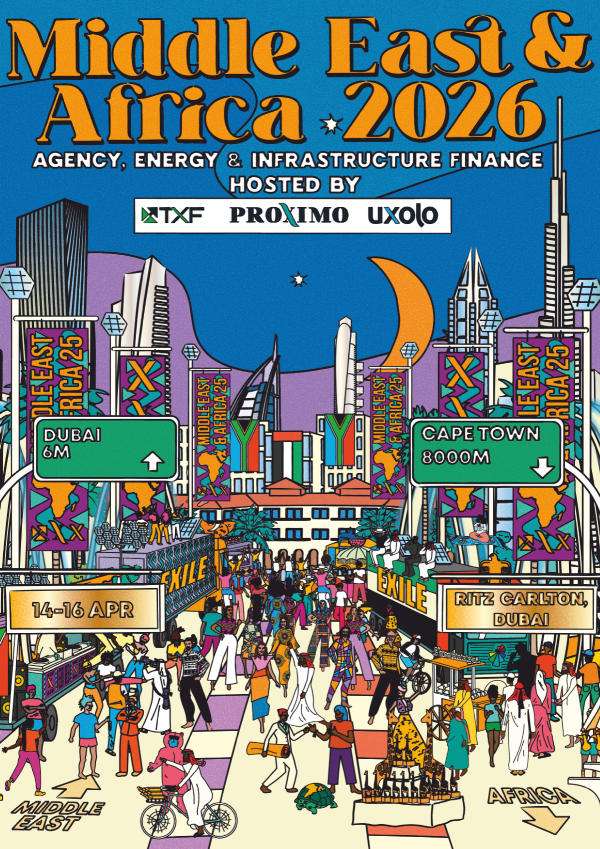CPRI: Will the deal flow grow?
Plenty has been prophesied already about the budding relationship between credit and political risk insurers (CPRI) and development finance lenders, particularly as CPRI portfolios continue to grow. But while some landmark transactions from IFC and GuarantCo are eye-catching, a steady deal flow will face constraints.

IFC made headlines last month by attracting $3.5 billion from 13 credit insurers in the latest edition of its Managed Co-Lending Portfolio Programme (MCPP). Not long before, in March 2023, GuarantCo closed its first syndication transaction via the credit insurance market with Canopius, arranged by BPL Global, which involved the use of a non-payment insurance policy covering exposure on a GuarantCo portfolio.
At a time of increased pressure on MDBs to increase lending by increasing leverages, transforming these deals into a populous deal flow could be a real boon for improving balance sheet efficiency. IFC Director of Syndicated Loans and Mobilization, Kevin Njiraini, told Uxolo at the time that there is “tremendous scope for MDBs to collaborate with insurance companies in structures that are replicable and scalable”.
Seeing landmark deals from two very different development financiers and a bevy of insurers is hopeful – but collaboration is not as simple as it seems.
Venn diagrams
CPRI insurers are subject to the same risk constraints as all their other private-sector peers and this naturally constrains the amount and variety of deals they can do in emerging markets. While there is a lot of capacity in the insurance market, and a lot of demand for infrastructure financing in low-income countries, Philip Skinner, MD of the Investment Team at GuarantCo, notes these two Venn diagrams “don’t necessarily overlap that strongly”.
Insurance capital tends to be reserved for more stable, well-known geographies and this has been reflected in the two landmark deals. The MCPP agreed its eligibility criteria with participants upfront, sticking to a risk-return profile that was appealing to investors, and GuarantCo’s transaction targets its Indian portfolio – a relatively well-established investment region.
Meanwhile, MDBs are being asked to commit more and more towards markets that are in need of concessional financing.
Room for growth
Room for collaboration on deals with the right kind of risk profile is only growing as the CPRI market has been enjoying a strong growth trajectory: for example, BPL Global’s portfolio has grown by 80% in the past five years, reaching $80 billion in live policy limits of which $40 billion is in developing markets. Many insurers are even reserving additional capacity in developing markets for MDBs, who find an increasingly welcome reception.
Currently, in countries with relatively lower-risk profiles, insurers predominantly look at sovereign-backed deals which are easier to understand and price. Pricing in the commercial space is “a much harder exercise”, says Skinner, but institutions like GuarantCo are set up to look more granularly at the risks of underlying commercial entities and can support insurers move from the government to the private sector. Even within some countries that are off-risk to insurers, MDBs can come in and offer special pockets of capacity, opening doors that would not be accessible with commercial banks.
There are also more instruments to be tapped: Harry McIndoe, Director at BPL Global cites the potential of repack structures and broader portfolio securitisations, in which insurers are now participating more actively, as crucial tools to to help meet the infrastructure financing gap and crowd in a new sphere of investor. Securitisation and the significant risk transfer space is a considerable area of interest for the market, and a “big growth area for us”, says McIndoe, as more institutions look to the insurance and capital markets in order to manage their capital and increase distribution.
One such example is Afreximbank’s landmark 10-year, dual tranche facility of €200 million and $166 million for the government of Uganda which distributed debt to a specialised institutional investor base, including Aegon Asset Management, through the Africa Repack Investment Company (ARIC), an SPV. Simmons & Simmons and ENS Africa acted as legal advisors and Marsh acted as broker and risk mitigation advisor for the transaction.
Despite examples of innovation around portfolios and securitisation, single-risk projects remain the bread and butter of the insurance market. IFC has managed to build a pipeline of portfolio programmes and attract a litany of insurers, but such an offering could prove more challenging for newer MDBs which have shorter track records and less brand recognition. As Skinner says, “with these kinds of deals, the insurance market is taking a view on you as an institution as opposed to the underlying deals”.
Two ready players
MDBs can offer brokers a bundle of benefits: preferred creditor status, rigorous due diligence processes, regional diversification, and sustainable portfolios. Deals are win-win for development financiers too: the two landmark deals meant an extra $7 billion of lending headroom for medium and long-term loans for IFC and an increase in lending capacity in India for GuarantCo.
“One of the issues we face is that we would actually like to be doing more repeat deals in the same market for the benefits of replication, scalability, and working with the same counterparties which brings down transaction costs – but we can’t because of limit constraints”, says Skinner, “what this transaction with Canopius opens up is another instrument in the toolkit for diversifying risk”.
Even if it is just single-risk deals that make up the majority of deal flow for the time being, the innovation shown by GuarantCo and Afreximbank suggest a market ready and willing to grow – the CPRI market is certainly calling for more deals: “there is no lack of willingness or ability on the insurers’ side preventing them from writing more – it’s really down to demand and we hope to see that increasing year on year: it’s a positive trajectory at the moment”, says McIndoe.





